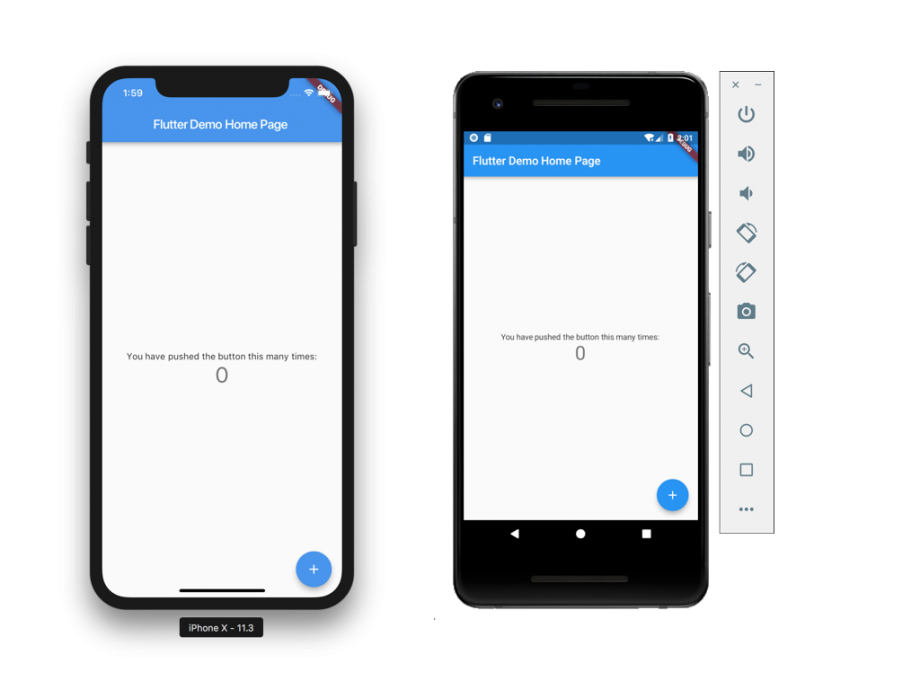What is Google Flutter? Google’s new coding engine explained

This week, Google announced the stable release of Flutter, its new coding engine. Flutter is supposed to let developers deploy apps all over the place, even on Apple’s iOS.
Google pushed out a Flutter beta at Mobile World Congress back in 2018, which allows users to code apps for Android and iOS. As of Tuesday this week, Flutter is now officially released, with a fully stable 1.0 release available for anyone that fancies a look.
Read more: Best smartphone
Why Flutter?
Flutter’s big advantage is that you can develop in tandem for both Android and the iPhone at the same time. Developers often have to make a choice about whether they want to work on iOS or Android apps first. Unifying this process could mean that developers don’t have to choose a priority anymore.
We often see big apps land on iOS before Android, which is reasonable when you consider that development for each platform often has its own challenges and as a result requires different specialists and a lot of bespoke work for each platform.
If Google can make deploying apps on both of the big two mobile operating systems simple, we could see parity between releases on the two platforms. If nothing else, this could save a lot of work for the poor developers toiling away to keep apps across the platforms equal in terms of features.
It’s open source, too. This means it’ll be able to work with other popular coding tools too.
What else?
Developing a cross-platform app across a single codebase should be a significant draw already, but Flutter’s 1.0 iteration adds a few cool features.
One of the best is the stateful hot reload feature. This will allow developers to make changes to their apps during testing without restarting or losing the state of the app. This could be invaluable if you’re trying to work on a specific UI element or bug, if only because it’ll save the frustration of having to go through several steps to get back to that state with each tweak.
An Add to App functionality will let developers update their existing apps using Flutter, whether that’s all at once or by converting it in stages.
Flutter is already out there in the world. Google is using it internally to work on several internal apps. Elsewhere, Capital One, Alibaba, Philips Hue, Tencent and many other companies are already working with Flutter to develop their apps. Square has also announced two SDKs for the Flutter platform that could handle in-app payments.
In short, Flutter is going somewhere.
Read more: iPhone vs Android
What about Fuschia?
Google is reportedly also working on a new OS that could replace both the mobile Android platform and the company’s efforts with Chrome, creating a unified platform that could allow it to run on tablets, smartphones, computers, smartwatches and other smart devices around the home.
It’s called Fuschia, and the hope is that it can take care of Android’s fragmentation problem, in addition to bringing together apps on all of Google’s different platforms. There’s even talk that Fuschia will run Android apps without a problem too, to ease the pain of any transition.
But it’s not just Fuschia. Part of this is Flutter, which is hoping to make creating apps for any platform simple. When Fuschia comes together, the idea is that you’ll be able to create for iOS and Fuschia apps at the same time, with no extra work. Then, they can be deployed anywhere without fuss.
What are your thoughts on Flutter? Let us know on Twitter @TrustedReviews.


